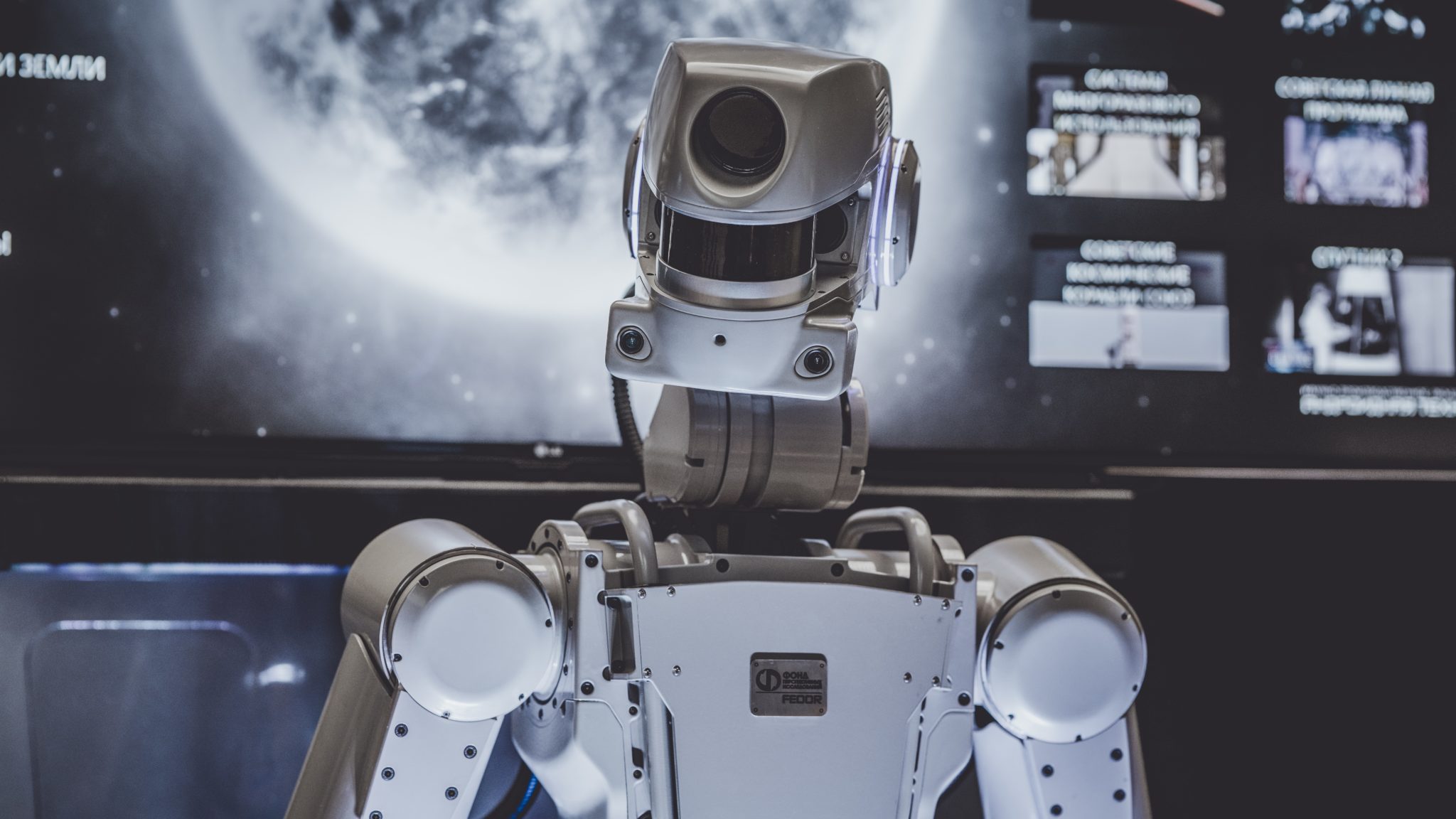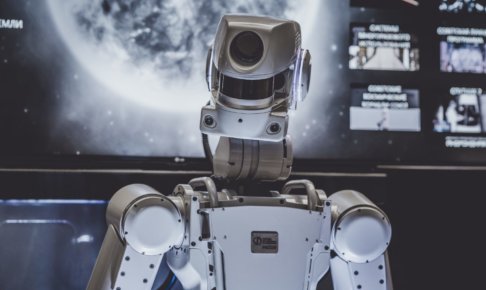Japan is a leader in industrial robotics, many companies are focused on developing robots with cutting-edge functionalities. Connected Robotics, Telexistence, Softbank robotics, Preferred Networks… Those companies don’t develop the same kinds of robots, but they play their part and help improve AI, facial recognition, etc. Some robots, however, provoke people’s apprehension since they are made to replace workers. But will they really increase the unemployment rate? Or will they decrease it?
Table of Contents
Why Developing Robotics?

Because of its aging population, Japan is in need of robots to perform some jobs or to make a job more attractive. First, some robots are not created to replace humans, but to help them, especially for healthcare. At Minami Tsukuba nursing home, a robotic device is used to cut the stress when a caregiver must lift someone. Back pain or other bigger problems which appear in the long term are preventing young people from working in hospitals or rest homes, so robotic is not job-threatening in this case, on the contrary.

It will also be useful in other areas, especially on construction sites or in factories. It will attract more young people, who don’t want to work in such fields because it is harsh, painful and usually not well paid. If some tasks are heavy burdens, Japanese consider more robots like partners. Same thing for robots exploring space, assisting surgeons or helping when large-scale disasters occur (rescue, decontamination of the Fukushima Daiichi Nuclear Power Station, etc.).
But another kind of robotics afraid people. Automation might take jobs from local workers, almost 90% of people think that robots and computers will replace humans in the next half of century for much of the work currently done. Certainly, robots are created to face the labor shortage, but when the population will grow again, robots will not be set aside. Many robots are made to be more productive than humans, so people are pessimistic when they think about the future.

Source: Pew, thanks to 1,016 respondents between May 24 and June 19, in Japan.
Difficulties

Even though robots perform many tasks better than humans, they lack some abilities that prevent Japan from using them for every repetitive or harsh task. In industries, for example, machines have a hard time to notice and dig out every eye on potatoes. Their camera sensors are not as sensitive as they should be to perform this task correctly, and they could not rotate the vegetables as humans can do. For disaster-response robots, when water droplets fall on their camera lens, they interpret it as noise and are unable to analyze the images correctly.
The Henn na Hotel (“Strange Hotel”) is also a good example of the limitations of robotics. A robot assistant, Churi, which was supposed to answer visitors’ questions, was not as efficient as Alexa or Google Assistant. It could not answer some easy and common questions, so a human help was necessary. Also, the velociraptor robots at check-in could not perform some tasks, such as passport photocopies, and the concierge robot could not answer some common questions. Many of them were, therefore, ‘fired’. In a few decades, however, robots may perform well enough to replace humans for many other jobs.
Robots Creating More Work

Except engineers or other workers in the field of technology, robotics help create jobs. For example, the robot servers by The Nippon Foundation, Ory Lab Inc., and ANA Holdings Inc. are made to be remotely controlled by disabled people. In the same way, robot teachers will be controlled by ‘real’ teachers, which is useful for schools in need of employees. Many other kinds of machines controlled from home are created, such as housekeepers.
Check out our article about Japanese robotics for more details!
Reference: www.rocketspace.com/corporate-innovation/10-of-japans-top-robotics-companies-leading-the-world-into-2020 www.u-tokyo.ac.jp/en/whyutokyo/wj_003.html www.theverge.com/2019/1/15/18184198/japans-robot-hotel-lay-off-work-for-humans www.latimes.com/world-nation/story/2019-07-25/desperate-for-workers-aging-japan-turns-to-robots-for-healthcare ifr.org/post/why-japan-leads-industrial-robot-production asia.nikkei.com/Economy/Japanese-fear-automation-will-take-more-jobs-than-foreigners www.axios.com/robots-unemployment-economy-in-japan-poll-ed73d1f6-8292-411c-8086-28bc3338bf8f.html www.nytimes.com/2019/12/31/world/asia/japan-robots-automation.html
















